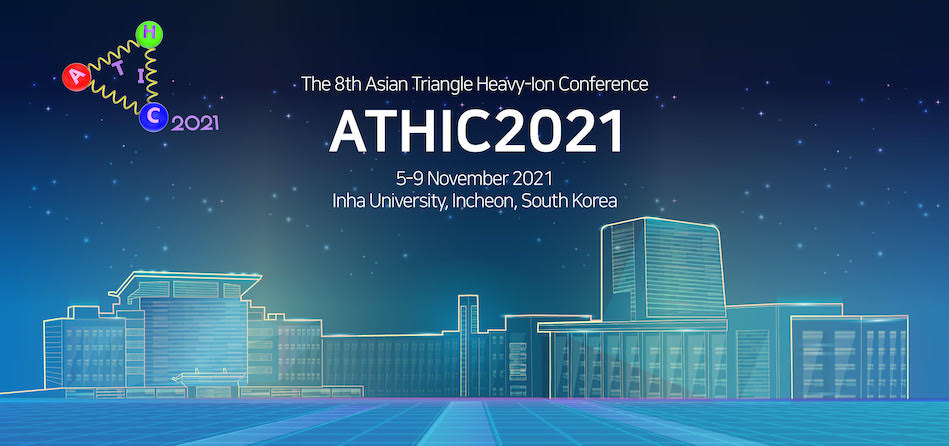Conveners
Contributed Session 6: QCD at high temperature & Electromagnetic probes
- Sourendu Gupta
Description
TBU
Quarks are confined inside a hadron as a color-neutral composite particle. Quantum chromodynamics (QCD), the fundamental theory of strong interactions, does not rule out an existence of exotic hadrons other than mesons and baryons. However, a dibaryon consisting of six quarks has not yet been discovered. The discovery of dibaryons would lead to a deeper understanding of QCD. In particular,...
The interaction between hyperon-hyperon (Y-Y) is not well understood theoretically and experimentally.
The Y-Y interaction is important to understand the EOS of neutron star interior as well as to search for exotic hadrons such as H-dibaryon.
The H-dibaryon was proposed as a stable six-quark state resulting from combination of two $¥Lambda$ hyperons. According to the lattice QCD...
Higher-order cumulants and their ratios of the conserved quantities are powerful tools used to understand the QCD phase diagram. They are sensitive to the phase structure and the correlation length of the medium created in the collisions. Non-monotonic energy dependence of fourth-order cumulant of net-proton multiplicity distributions has been reported by the STAR Collaboration. In addition,...
One of the key ingredients in hadron physics based on QCD is the notion of diquark correlations, which in turn could lead to the color superconductivity (CSC) in dense and cold quark matter with a Fermi surface to be realized in a compact star. One of the main focuses of recent experiments using heavy-ion collision is to reveal possible rich physics in high baryon-density matter at relatively...
Dileptons and photons are unique tools to study the space-time evolution of the hot and dense matter created in ultra-relativistic heavy-ion collisions. Their main sources are hard QCD processes (prompt photons), thermal production and semi-leptonic heavy-flavour decays. They carry undistorted information about the various stages of the collision as they are either produced at early times...
Different orientations of collisions of $\alpha$-clustered carbon with a heavy ion can produce significantly large initial-state anisotropies due to the intrinsic geometry effects of the carbon. We expect that such large initial-state anisotropies have a profound impact on the photon flow observables. We calculate the transverse momentum spectra and anisotropic flow coefficients of thermal...
Electromagnetic probes are one of promising tools to investigate properties of the hot and dense matter created in high-energy heavy-ion collisions. However, state-of-the-art phenomenological models which can correctly explain spectra and anisotropic flows of charged particles underpredict yield and elliptic flow of photons. It is known as “photon puzzle”.
Here we propose photon emission...
LAMPS experiment is designed to research various physics topics in heavy ion physics, Symmetry energy, Collective flow, Mirror nuclei ratio, Dipole emission, etc.
LAMPS group developed and construct detectors for LAMPS experiment for several years.
RAON, the first laboratory for heavy ion physics research in Korea, is about to end its 1st step construction in 2021.
LAMPS experiment is...
